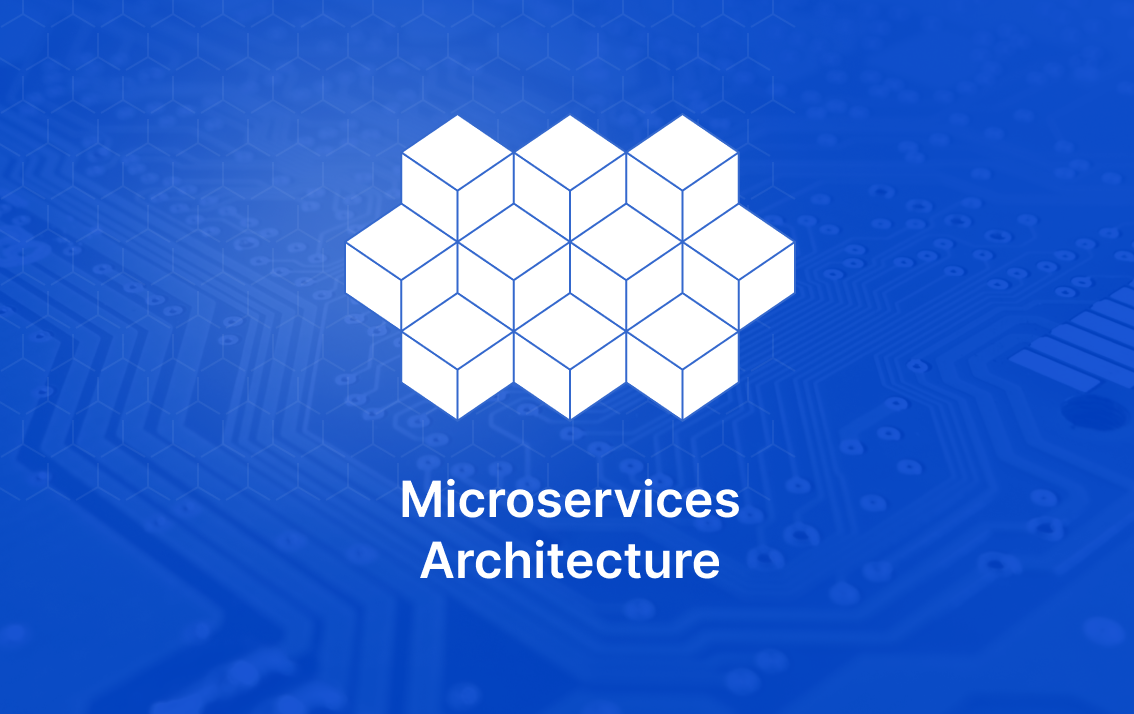In a microservices architecture, the way services communicate with each other is crucial to the system’s performance, scalability, and reliability. Communication can happen in various ways, depending on the use case, performance requirements, and the need for decoupling. In this article, we’ll explore the different types of communication in microservices and the technical stacks commonly used for each type.
1. Synchronous Communication
Synchronous communication occurs when the sender waits for a response from the receiver before proceeding. This model is useful for real-time interactions where immediate feedback or data retrieval is needed.
Technical Stacks for Synchronous Communication:
- HTTP/REST:
- Frameworks:
- Spring Boot (Java)
- Express.js (Node.js)
- FastAPI (Python)
- Django Rest Framework (Python)
- Flask (Python)
- ASP.NET Core (C#)
- API Gateway:
- Kong
- Amazon API Gateway
- Nginx
- Client Libraries:
- Axios (JavaScript)
- HttpClient (Java)
- Requests (Python)
- Frameworks:
- gRPC: A high-performance, low-latency RPC framework designed for microservices communication. It uses HTTP/2 and Protocol Buffers for efficient, binary communication.
- Frameworks:
- gRPC (Go, Java, Python, C++, Node.js, Ruby, PHP)
- Grpc-Web (for integrating with front-end apps)
- Protocol Buffers: Used to define service contracts and data formats for communication.
- Client Libraries:
- gRPC Node.js, gRPC Python, gRPC Go
- Frameworks:
- GraphQL: Primarily used as an API gateway for client-facing applications, GraphQL enables flexible and efficient querying of multiple microservices.
- Server Libraries:
- Apollo Server (Node.js)
- Graphene (Python)
- GraphQL.js (JavaScript)
- Hasura (auto-generates GraphQL APIs from databases)
- Client Libraries:
- Apollo Client (JavaScript)
- Relay (JavaScript)
- Server Libraries:
- WebSockets: Ideal for real-time, two-way communication between clients and services, WebSockets are commonly used for push notifications or live updates.
- Server Libraries:
- Socket.io (Node.js)
- Spring WebSocket (Java)
- WebSocket API (Python)
- SignalR (ASP.NET)
- Client Libraries:
- Socket.io Client (JavaScript)
- WebSocket API (Browser)
- Server Libraries:
2. Asynchronous Communication
Asynchronous communication decouples services by allowing them to send and receive messages without waiting for an immediate response. This model is essential for scalability and fault tolerance, as services can process messages in the background without blocking operations.
Technical Stacks for Asynchronous Communication:
- Message Queues: Services send messages to a message broker, which queues them for processing by other services. This pattern allows for decoupling and efficient load balancing.
- Message Brokers:
- RabbitMQ
- Apache Kafka
- Amazon SQS
- ActiveMQ
- NATS
- Client Libraries:
- Spring AMQP (Java)
- node-amqp (Node.js)
- pika (Python for RabbitMQ)
- kafkajs (Node.js for Kafka)
- Message Brokers:
- Event-Driven Architecture: In an event-driven model, services publish events to notify other services about significant state changes. Other services listen for events and react accordingly.
- Event Sourcing:
- Axon Framework (Java)
- EventStore (Event Store DB)
- EventFlow (C#)
- CQRS and Event Sourcing Libraries (Node.js, Java, Python)
- Kafka and Pulsar are often used as event streaming platforms to propagate events.
- Event Sourcing:
- Publish/Subscribe: The publisher sends messages to a topic, and interested subscribers receive the messages asynchronously. This communication pattern is used for broadcasting events.
- Event Streams:
- Apache Kafka
- Redis Pub/Sub
- Google Cloud Pub/Sub
- Event Streams:
3. Hybrid Communication
In hybrid communication, both synchronous and asynchronous communication methods are used in combination, depending on the specific requirements of the microservices and their interactions.
Technical Stacks for Hybrid Communication:
- REST + Message Queues: REST can be used for real-time interactions, while message queues like RabbitMQ or Kafka handle background processing and decoupled communication.
- API Gateway:
- Kong
- Amazon API Gateway
- API Gateway:
- gRPC + Event-Driven: gRPC handles synchronous service-to-service communication, while event-driven models like Kafka are used for asynchronous message handling.
- gRPC for fast, low-latency communication.
- Kafka or NATS for event propagation.
4. File-based Communication
In some cases, services communicate by reading and writing files, often for batch processing or when real-time communication isn’t necessary.
Technical Stacks for File-based Communication:
- Shared File Systems:
- Amazon S3 for object storage
- NFS (Network File System)
- GlusterFS (Distributed file system)
- HDFS (Hadoop Distributed File System for big data)
- Logging Systems:
- ELK Stack (Elasticsearch, Logstash, Kibana)
- Fluentd (Data collector for logs)
5. Shared Database Communication
Though generally discouraged in microservices due to tight coupling, some microservices architectures share a common database for communication.
Technical Stacks for Shared Database Communication:
- Databases:
- SQL Databases:
- PostgreSQL, MySQL, MariaDB
- Microsoft SQL Server
- NoSQL Databases:
- MongoDB, Cassandra, Couchbase
- ORMs:
- Sequelize (Node.js)
- TypeORM (TypeScript/Node.js)
- Django ORM (Python)
- SQLAlchemy (Python)
- Hibernate (Java)
- SQL Databases:
6. Service Mesh Communication
A service mesh provides a dedicated infrastructure layer to manage service-to-service communication, offering features like load balancing, traffic routing, security, and observability.
Technical Stacks for Service Mesh Communication:
- Service Mesh Tools:
- Istio: Provides advanced traffic management, security, and observability features.
- Linkerd: A lightweight service mesh with a focus on simplicity and performance.
- Consul: Service discovery and configuration management.
- Kuma: A service mesh that works across multiple environments.
Conclusion
Choosing the right communication strategy for microservices depends on the specific requirements of the system.
Whether using synchronous methods like REST and gRPC for real-time communication, or asynchronous methods like message queues and event-driven architectures for decoupling, each approach provides benefits suited to different types of interactions.
Hybrid models, file-based communication, and shared databases can also play a role in more complex systems.
By leveraging the appropriate technical stacks, microservices can achieve high performance, scalability, and resilience while maintaining flexibility and decoupling.


Leave a Reply